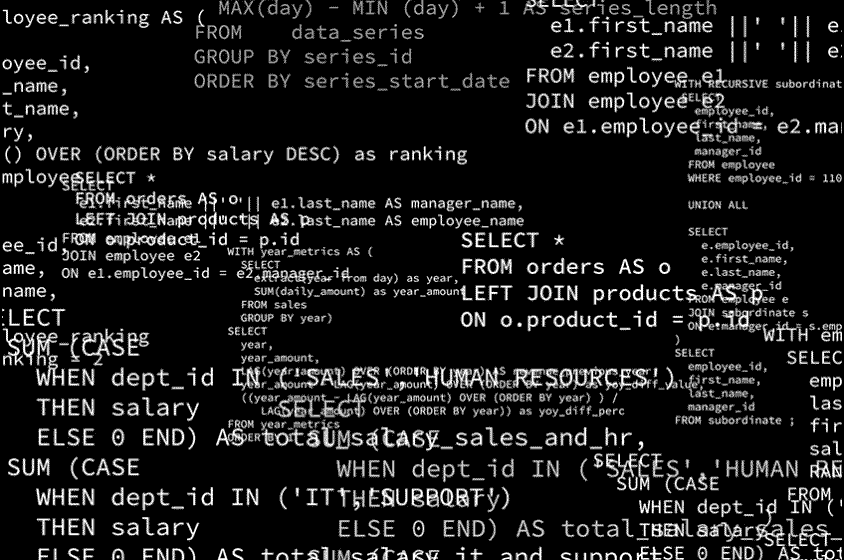Introduction to AI-Generated Code
Programmers can now use large language models (LLMs) to generate computer code more quickly. However, this only makes programmers’ lives easier if that code follows the rules of the programming language and doesn’t cause a computer to crash. Some methods exist for ensuring LLMs conform to the rules of whatever language they are generating text in, but many of these methods either distort the model’s intended meaning or are too time-consuming to be feasible for complex tasks.
A New Approach to AI-Generated Code
A new approach developed by researchers at MIT and elsewhere automatically guides an LLM to generate text that adheres to the rules of the relevant language, such as a particular programming language, and is also error-free. Their method allows an LLM to allocate efforts toward outputs that are most likely to be valid and accurate, while discarding unpromising outputs early in the process. This probabilistic approach boosts computational efficiency.
Efficiency Gains and Real-World Applications
Due to these efficiency gains, the researchers’ architecture enabled small LLMs to outperform much larger models in generating accurate, properly structured outputs for several real-world use cases, including molecular biology and robotics. In the long run, this new architecture could help nonexperts control AI-generated content. For instance, it could allow businesspeople to write complex queries in SQL, a language for database manipulation, using only natural language prompts.
Expert Insights
“This work has implications beyond research. It could improve programming assistants, AI-powered data analysis, and scientific discovery tools by ensuring that AI-generated outputs remain both useful and correct,” says João Loula, an MIT graduate student and co-lead author of a paper on this framework. Loula is joined on the paper by co-lead authors Benjamin LeBrun, a research assistant at the Mila-Quebec Artificial Intelligence Institute, and Li Du, a graduate student at John Hopkins University.
Enforcing Structure and Meaning
One common approach for controlling the structured text generated by LLMs involves checking an entire output, like a block of computer code, to make sure it is valid and will run error-free. If not, the user must start again, racking up computational resources. On the other hand, a programmer could stop to check the output along the way. While this can ensure the code adheres to the programming language and is structurally valid, incrementally correcting the code may cause it to drift from the meaning the user intended, hurting its accuracy in the long run.
The Researchers’ Approach
The researchers’ approach involves engineering knowledge into the LLM to steer it toward the most promising outputs. These outputs are more likely to follow the structural constraints defined by a user, and to have the meaning the user intends. “We are not trying to train an LLM to do this. Instead, we are engineering some knowledge that an expert would have and combining it with the LLM’s knowledge, which offers a very different approach to scaling than you see in deep learning,” Mansinghka adds.
Technical Details
They accomplish this using a technique called sequential Monte Carlo, which enables parallel generation from an LLM to compete with each other. The model dynamically allocates resources to different threads of parallel computation based on how promising their output appears. Each output is given a weight that represents how likely it is to be structurally valid and semantically accurate. At each step in the computation, the model focuses on those with higher weights and throws out the rest.
Boosting Small Models
To test their approach, they applied the framework to LLMs tasked with generating four types of outputs: Python code, SQL database queries, molecular structures, and plans for a robot to follow. When compared to existing approaches, the researchers’ method performed more accurately while requiring less computation. In Python code generation, for instance, the researchers’ architecture enabled a small, open-source model to outperform a specialized, commercial closed-source model that is more than double its size.
Future Applications
Moving forward, the researchers want to use their technique to control larger chunks of generated text, rather than working one small piece at a time. They also want to combine their method with learning, so that as they control the outputs a model generates, it learns to be more accurate. In the long run, this project could have broader applications for non-technical users. For instance, it could be combined with systems for automated data modeling, and querying generative models of databases.
Conclusion
The researchers’ new approach to AI-generated code has the potential to revolutionize the way programmers work. By enabling small LLMs to generate accurate and properly structured code, this approach could make programming more accessible to nonexperts. With its potential applications in molecular biology, robotics, and data analysis, this research could have a significant impact on various fields.
FAQs
Q: What is the main goal of the researchers’ approach?
A: The main goal is to automatically guide a large language model (LLM) to generate text that adheres to the rules of the relevant language and is error-free.
Q: How does the approach work?
A: The approach uses a technique called sequential Monte Carlo to enable parallel generation from an LLM, dynamically allocating resources to different threads of parallel computation based on how promising their output appears.
Q: What are the potential applications of this research?
A: The potential applications include improving programming assistants, AI-powered data analysis, and scientific discovery tools, as well as enabling nonexperts to control AI-generated content.
Q: How does the approach compare to existing methods?
A: The researchers’ method performed more accurately while requiring less computation compared to existing approaches.
Q: What are the future plans for this research?
A: The researchers plan to use their technique to control larger chunks of generated text and combine their method with learning to improve the accuracy of the model.











